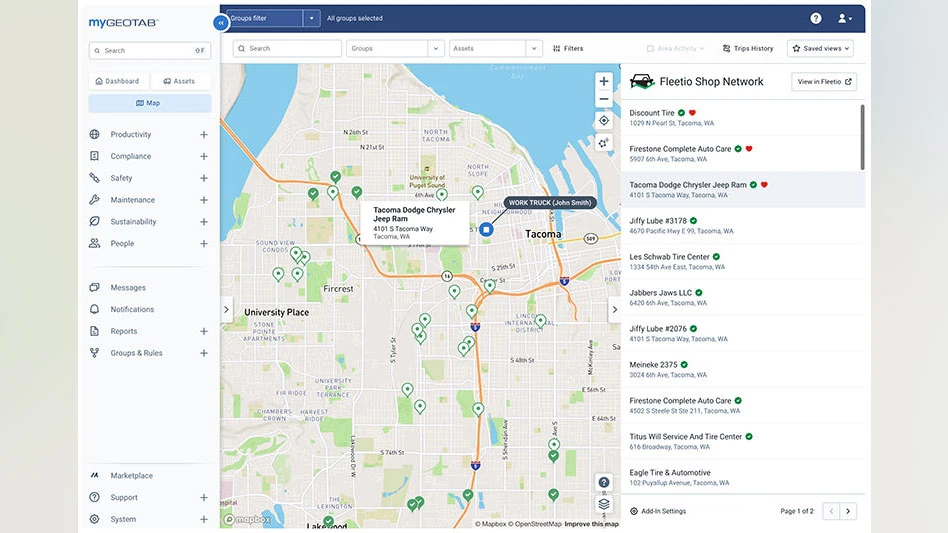
1. What are the common wear parts that a horizontal grinder operator should be inspecting regularly?
There are several wear parts working together to grind and size material on a horizontal grinder. Cutter tips, screens, the anvil, wear plates and mill bearings are the top five grinder wear parts that work together to size organic wood waste material properly. Neglecting any of these wear parts can cause premature wear to other grinder components, or worse, a more costly repair.
2. What causes cutter tips to dull and how does the operator know when it’s time to change them?
It’s not just the type of organic waste sent through the grinder, but also what’s mixed in with it that can cause cutter tips to dull. Sand, small rocks and leaves are all common abrasive materials that cause tips to dull. So, when working in areas where this type of material is common, it’s important to inspect and flip tips often.
Tips should be replaced before they start to wear into the mount or hammer. A visual inspection is the best way to determine the condition of the tips, but changes in material sizing are also an indicator to look out for when the machine is running.

3. How does an operator know when it’s time to replace screens?
Screen wear over time will impact end product sizing. Operators should keep an eye on the material coming off the discharge conveyor to make sure the sizing is consistent. Inconsistent sizing or larger sizing than what should be coming off the conveyor is a good indicator of worn-down screens. It’s time to replace screens when hole sizes begin to stretch, screens are thinning or there is damage to a section.
4. Moving on to the anvil—what should the operator look for there?
A dull anvil edge can change the grinder’s sizing capabilities and increase material recirculation. During an inspection, the operator needs to verify the edge looks smooth and ready to cut. The sharper the edge, the better the product sizing it will achieve. Some anvils are adjustable, and as the edge wears, it may need to be repositioned closer to the mill. When the anvil appears to be dull, the hard facing is worn off, or it is wearing thin, it’s time to replace or rebuild this grinder wear part.
5. How about the grinder’s mill areas? What needs to be inspected there?
Located on each side of the mill, wear plates help prevent damage to the mill structure. Operators should look for how thin the wear plates are and if the bolts that hold them in place are thinning. If there is more than 1/4 inch (6.4 mm) of wear, it’s time to replace them.
Also, the operator should check the temperature of the grinder’s mill bearings daily. Temperature fluctuations can be an indicator of under- or over-greasing the bearings. It is critical to follow the manufacturer’s suggested greasing intervals as well to maximize the bearing life. If the temperature doesn’t come back into a normal range after greasing the mill bearings, further inspection of the bearings should be done to determine if they need to be replaced.

Explore the Sep and Oct 2021 Issue
Check out more from this issue and find your next story to read.
Latest from Construction & Demolition Recycling
- Pacific Steel selects Danieli as EAF equipment supplier
- Viably, Turmec partner on Ohio installation
- EPA plans to revisit numerous environmental, climate regulations
- Fornnax wins Green Innovation of the Year award
- ABC: Construction backlog inches lower, staffing levels expected to grow
- Former detention center in Cleveland set for demolition
- Ferrous market upward price momentum continues into March
- Build Reuse joins up for Circularity event





